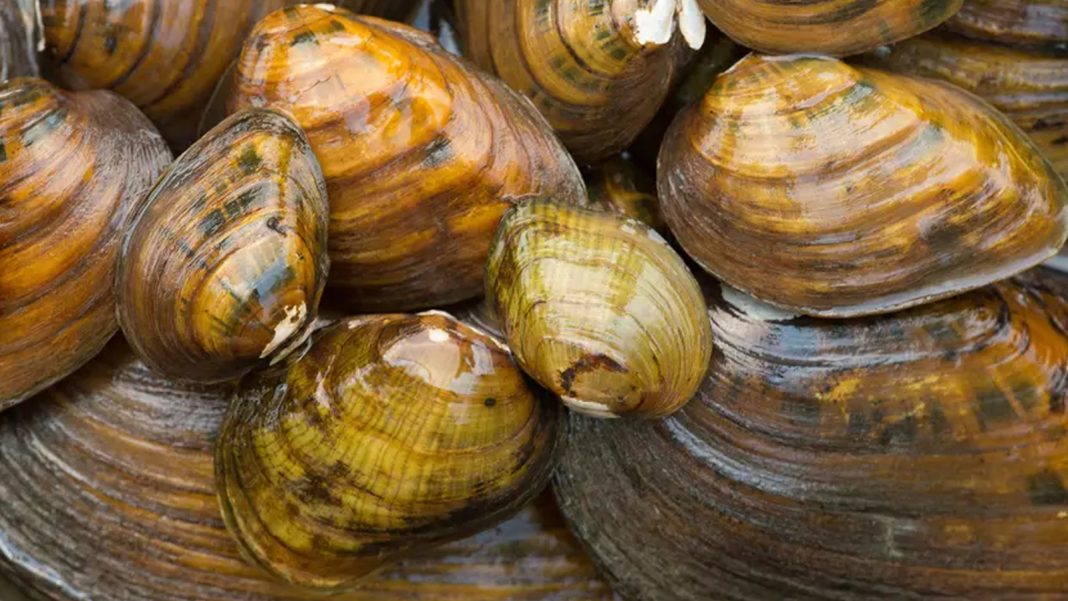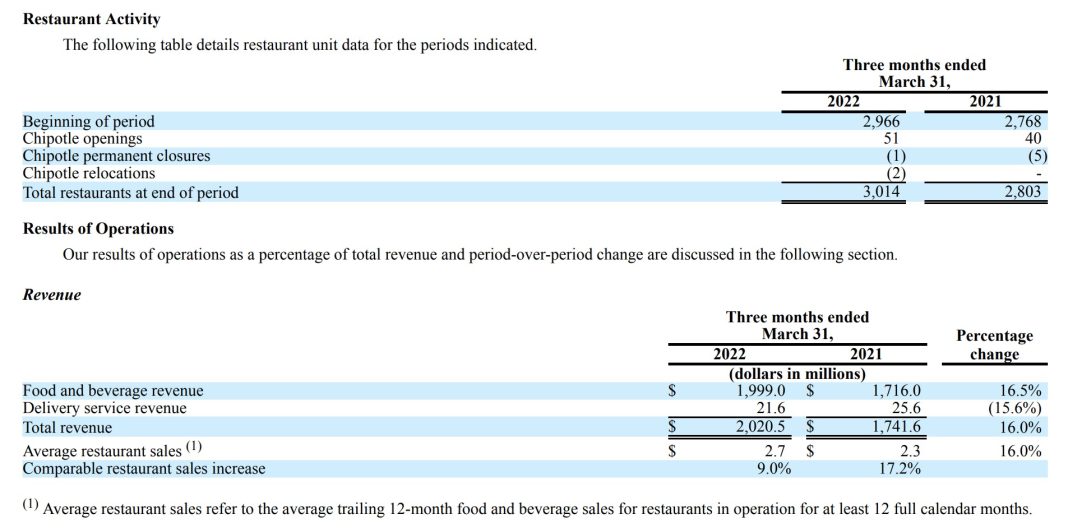The U.S. Fish and Wildlife Service has recently declared six species of freshwater mussels in Central Texas as endangered, with another species being listed as threatened. Freshwater mussels are often referred to as “the liver of the river” because they play a crucial role in filtering harmful substances like algae from bodies of water. Unfortunately, due to population growth and development destroying their habitat, the species has seen a significant decline in recent years.
To address this issue, the agency has designated 1,577 miles of rivers and creeks in the Colorado, Guadalupe, Brazos, and Trinity River basins as critical habitats for the conservation and recovery of these mussels. This designation prohibits any development or projects that could harm the species, and individuals or organizations seeking permits or licenses must work with the Fish and Wildlife Service to modify their projects to protect the endangered species.
Texas is home to over 50 species of native freshwater mussels, and the new ruling adds the Guadalupe fatmucket, Texas fatmucket, Guadalupe orb, Texas pimpleback, Balcones spike, and false spike to the endangered listing. The Texas fawnsfoot is classified as threatened, indicating that it is likely to become endangered in the future.
The impact of this designation goes beyond just the preservation of these species. Environmental experts believe that cleaner rivers, streams, and creeks will result from this ruling. Shaun Donovan, a manager of environmental sciences at the San Antonio River Authority, emphasizes that freshwater mussels are foundational keystone species in any river system. They act as powerful filters, with a single mussel capable of pumping and filtering between eight and 15 gallons of water per day. Additionally, they stabilize sediment at the river’s bottom, which promotes a healthy food chain and biodiversity.
However, changes in rainfall patterns and droughts have heavily impacted freshwater mussels. When rivers are low, water temperatures increase, posing a threat to their survival. The construction of dams on rivers has also contributed to the destruction of their habitats. Charles Randklev, a research scientist and mussels expert at Texas A&M Natural Resources Institute, highlights the challenge of balancing water needs for communities while ensuring the preservation of rivers for wildlife.
The new listing of these freshwater mussels as endangered and threatened aims to promote water conservation and raise awareness about the importance of preserving these river systems. Amy Lueders, the agency’s southwest regional director, highlights the voluntary conservation agreements entered into by several water authorities in Texas. These agreements outline actions that river authorities can take to reduce threats to the species, such as maintaining sufficient water flow and addressing water quality to support mussel populations.
Ultimately, this collaborative effort between environmental organizations and river authorities is essential for protecting these species and ensuring the long-term health of Texas rivers. By recognizing the significance of freshwater mussels and the role they play in maintaining water quality and biodiversity, we can work towards a sustainable future that benefits both humans and wildlife.


